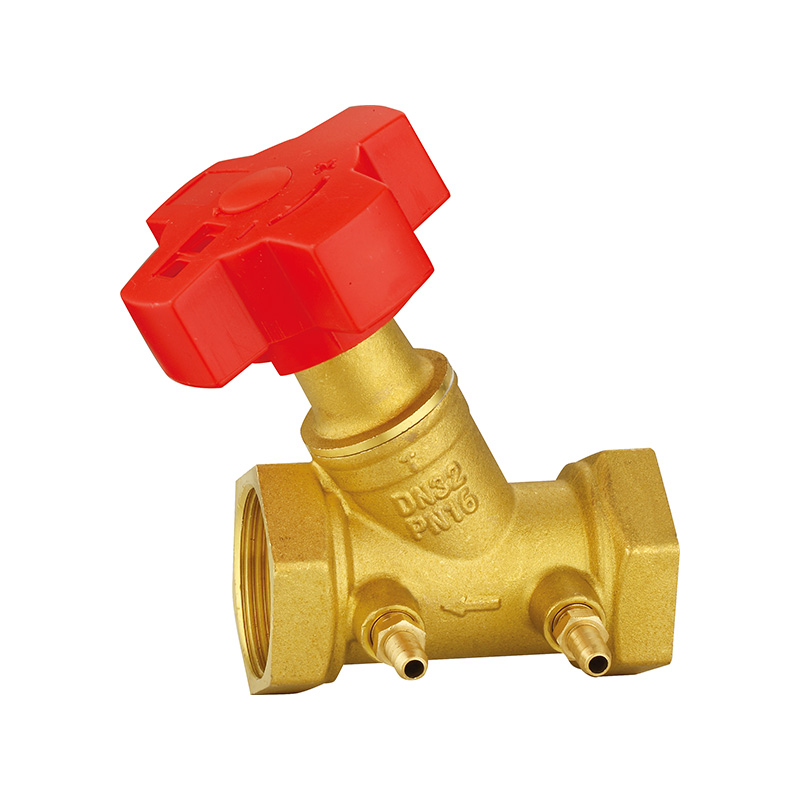The Choice of Brass Plumbing Fittings
The alloy composition of brass can vary, with differing proportions of copper and zinc, and sometimes small amounts of other elements like tin. These variations can influence the fitting's mechanical properties and suitability for particular uses. For example, some brass fittings designed for potable water are made with low lead content to comply with health regulations.

The step in selecting brass plumbing fittings factory is to understand the specific application. This includes the type of fluid to be transported (water, gas, or chemicals), operating pressure, temperature range, and environmental conditions.
Water Supply: For residential or commercial water systems, brass fittings are favored due to their corrosion resistance and ability to withstand temperature fluctuations.
Gas Systems: Brass fittings used for natural gas or propane must comply with relevant standards and are typically designed to prevent leaks under pressure.
Chemical Resistance: Although brass is resistant to many substances, it may not be suitable for highly acidic or alkaline fluids.
Understanding these requirements helps in choosing fittings that ensure safety and durability.
Brass plumbing fittings should meet industry standards such as those set by the American Society for Testing and Materials (ASTM), American National Standards Institute (ANSI), or relevant local codes. These standards ensure that fittings have been tested for quality, material composition, pressure ratings, and safety.
For potable water systems, fittings with NSF/ANSI 61 certification are preferred, as they meet the criteria for safe use with drinking water.
Fittings come in various sizes and thread types to match the pipes they connect. Common thread standards include National Pipe Thread (NPT) and British Standard Pipe (BSP). Ensuring compatibility between the fitting and pipe is essential to avoid leaks and facilitate proper installation.
Selecting the correct size also affects the flow rate and pressure within the plumbing system, so it's important to follow system design specifications.
Brass fittings are available in numerous forms, each suited for particular functions:
Elbows and Tees: Change the direction of pipes or connect multiple pipes.
Couplings and Adapters: Join pipes of different sizes or types.
Valves: Control the flow of fluids.
Compression Fittings: Allow connections without soldering, useful in repair or retrofit situations.
Flanges and Unions: Enable easy disassembly for maintenance.
Selecting the correct fitting type depends on the plumbing layout and operational needs.
Brass fittings offer several practical advantages that make them a popular choice:
Corrosion Resistance: Brass is highly resistant to corrosion, especially from water exposure, which prevents leaks and failures.
Durability: These fittings have good mechanical strength, able to withstand physical stress and pressure.
Temperature Tolerance: Brass fittings perform well in a wide temperature range, supporting both hot and cold water systems.
Ease of Installation: The malleability of brass makes fittings easier to machine and install compared to harder metals.
Recyclability: Brass is a recyclable material, making it an environmentally friendly option in plumbing systems.
While brass fittings are versatile, some limitations must be considered:
Cost: Brass fittings can be more expensive than plastic or lower-grade metal fittings.
Lead Content: Older or cheaper brass fittings may contain higher lead levels, which is a concern for potable water systems. It is important to select fittings certified for low lead content.
Galvanic Corrosion: When brass fittings connect to certain other metals, such as aluminum or steel, galvanic corrosion can occur unless appropriate measures like dielectric unions are used.



 English
English русский
русский Español
Español عربى
عربى


